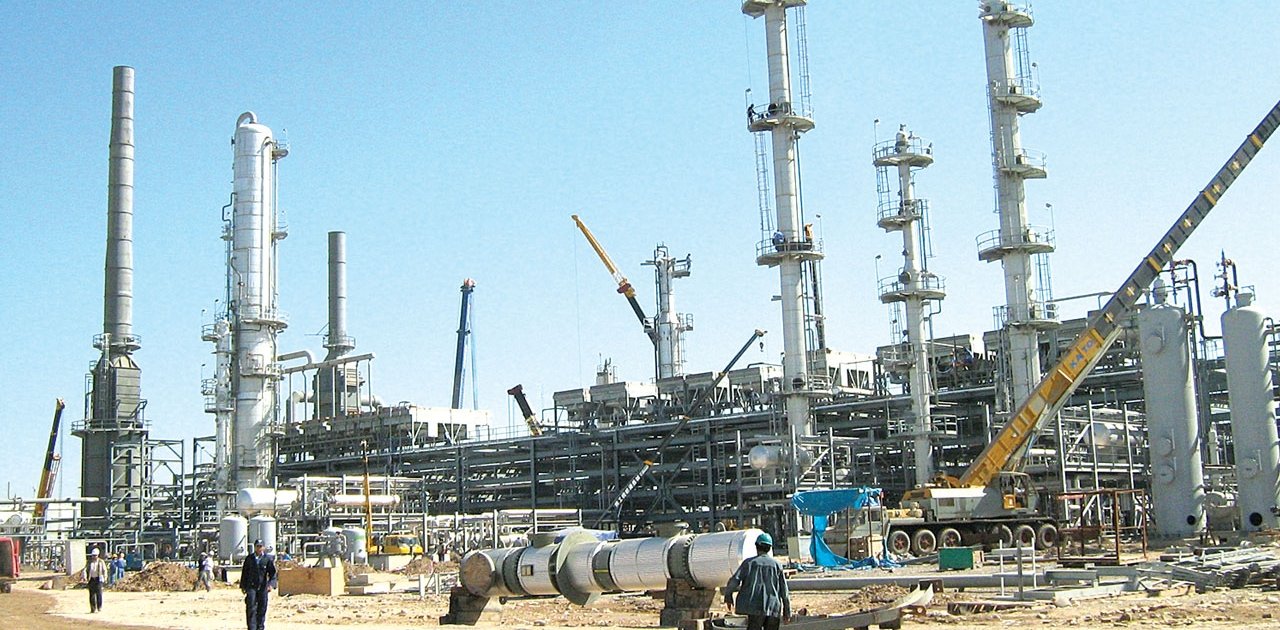Nigeria’s Economy
How is Nigeria’s economy changing?
Nigeria has the largest economy in Africa and one of the fastest-growing economies in the world. The graph below shows considerable growth in Nigeria’s GDP from 2000 to 2022.
Despite its rapid growth in GPD, Nigeria has a significant inequality gap. Wealth is typically found in the south, in and around Lagos. However, the north is exceptionally poor. Almost half of Nigeria’s population lives on less than US$1 per day.
According to Oxfam in 2017, “The combined wealth of Nigeria’s five richest men – $29.9 billion – could end extreme poverty at a national level, yet 5 million face hunger. More than 112 million people live in poverty in Nigeria, yet the country’s richest man would have to spend $1 million a day for 42 years to exhaust his fortune.”
How is Nigeria’s industrial sector changing?
The structure of Nigeria’s economy has changed significantly. Its economy has transformed from one mainly based on agriculture to manufacturing and services. Around 52% of Nigeria’s GDP now comes from manufacturing and services.
Mechanisation and rural-urban migration have led to a decline in the number of people employed in agriculture. Manufacturing and services have grown due to Nigeria’s increased political stability. Countries such as China, the USA, and South Africa have invested heavily in Nigeria. There has also been considerable growth in the service sector, mainly IT services.
The oil and gas industry has been very important to the Nigerian economy. The discovery of oil in the Niger Delta in the 1950s significantly changed Nigeria’s economy.
Despite the country having the 11th largest oil reserves in the world and accounting for 90% of Nigeria’s international currency coming from oil, inefficiencies at refineries, the large domestic demand for energy and fluctuating prices have created an economic challenge. As a result, oil and gas only contribute around 9% to Nigeria’s GDP. At today’s rate of production and current consumption rates, it has over 200 years of supply left.
The fastest-growing sector in Nigeria is manufacturing. A combination of the cheap and plentiful labour force and its vast market, both within and beyond the country, has led to rapid economic growth.
Does Nigeria have a balanced economy?
Dividing Nigeria’s economy into primary (agriculture and mineral extraction), secondary (manufacturing) and services, it is possible to assess the contribution of each sector to a country’s GDP or employment. The graph below shows changes in Nigeria’s employment structure. Since 1991, there have been significant changes to Nigeria’s industrial structure.
Employment in agriculture has steadily declined due to mechanism (increased use of machinery) and competition from other forms of employment, offering better working conditions and pay. Today, agriculture contributes 22 per cent of Nigeria’s GDP.
The industrial sector now accounts for about 27 per cent of GDP. Nigeria has the fastest-growing industrial sector in Africa, overtaking South Africa.
The service sector now employs 53 per cent of workers and accounts for 50 per cent of the country’s GDP.
As with many NEEs, the economy of Nigeria has changed from one dominated by agriculture to one where the service sector is becoming increasingly important. Although Nigeria has a wide-ranging and largely developed economy, with oil accounting for over 90% of its exports, it cannot be said the country has a balanced economy.
Nigeria’s growing manufacturing sector
Manufacturing involves making new products from raw materials. Historically, Nigeria’s manufacturing industry was hindered by its dependence on exporting raw materials, mainly agricultural produce. Processing was mainly done abroad.
In 2020 Manufacturing accounted for around 27 per cent of Nigeria’s GPD. The sector is growing faster than the oil, gas, telecommunications and agricultural sectors. Goods manufactured in Nigeria include:
- textiles
- leather items
- soaps and detergents
- processed food
With its rapidly growing home market, cheap labour force and improving infrastructure, the sector is expected to grow and become more diverse.
How is manufacturing affecting economic development?
Economic development has been stimulated by the growth of manufacturing in several ways:
- People have a more secure income through regular paid work, increasing the home market for purchasing products such as electrical appliances, cars, and clothes.
- The growth in manufacturing leads to the multiplier effect, which means other industries develop to supply parts.
- Tax revenue increases, and more people are in formal employment.
- Foreign investment is attracted by a thriving industrial sector, leading to further economic growth.
- Chemical by-products from oil processing have led to the growth of chemical industries.
Related Topics
Use the images below to explore related GeoTopics.


